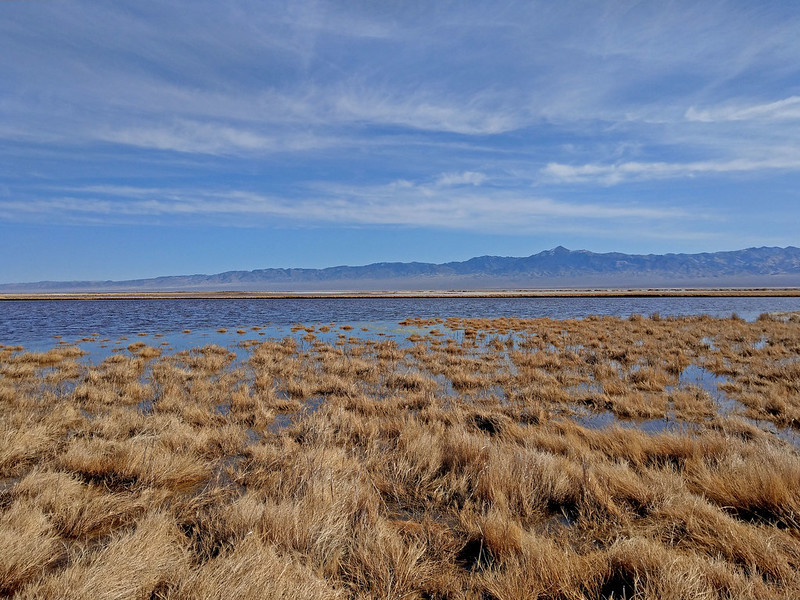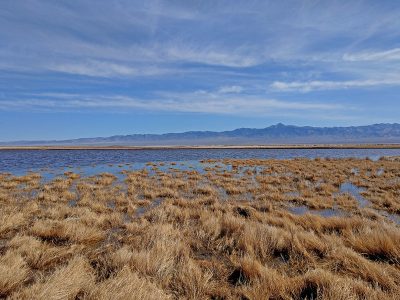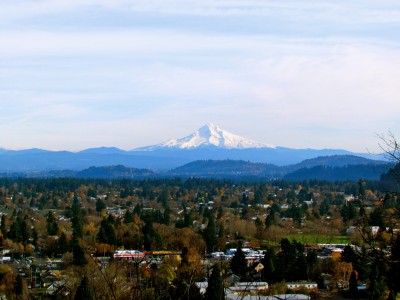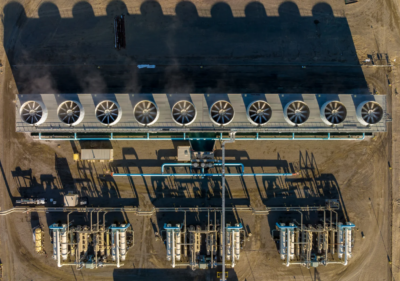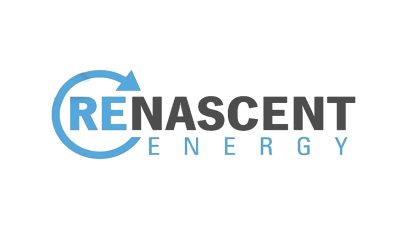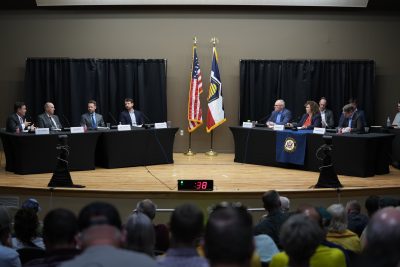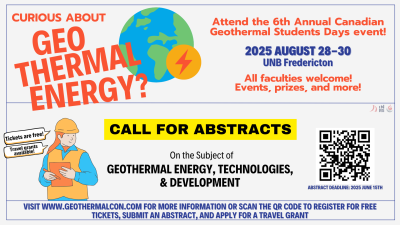USGS publishes study on EGS potential for the Great Basin in southwestern US
The USGS has published the results of a study estimating EGS potential in the Great Basin, highlighting substantial geothermal growth potential in the US.
The United States Geological Survey (USGS) highlights the electricity generating potential using Enhanced Geothermal Systems (EGS) technology in the Great Basin region in the United States, encompassing the entirety of Nevada and parts of California, Utah, Arizona, Oregon, and Idaho. The data indicates a current best provisional estimate of 135 GWe from the upper 6 kilometers of the Earth’s crust.
The new report is an update to a 2008 assessment done by USGS on the geothermal potential of the Great Basin. Provided new technologies and more refined scientific understanding, the USGS deemed it proper to do an updated evaluation. The Energy Act of 2020 also directed the USGS to update or conduct new assessments of geothermal resource in the conterminous United States, Hawaii, and Puerto Rico.
Following are the links to the materials related to the study:
The study notes that continued technological improvement can greatly increase the potential power production from EGS, possibly to more than ten times the base estimate. This can also be increased improving the conversion efficiencies of power plants, although this was not considered in the estimates.
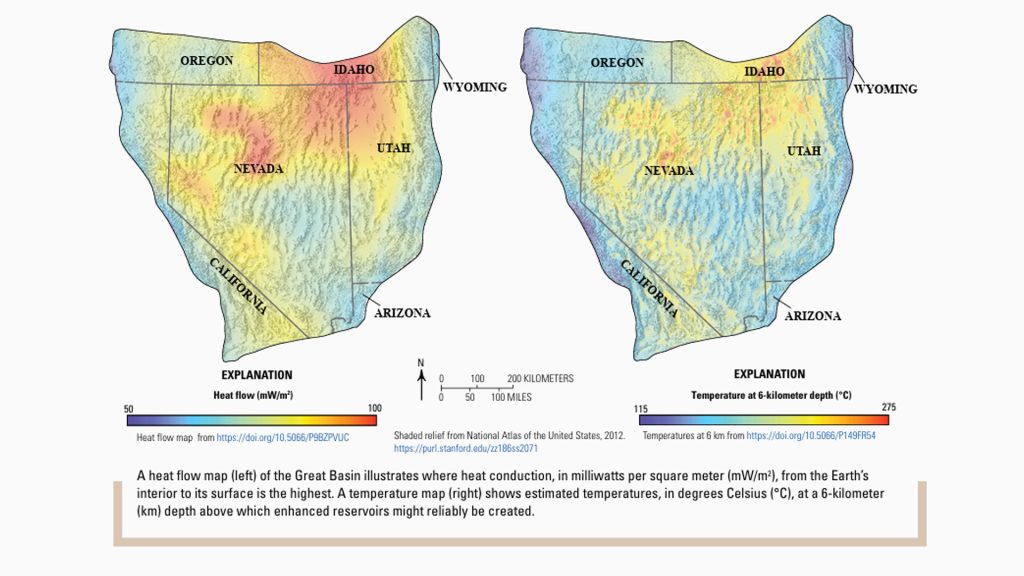
Conversely, there is a wide margin on uncertainty in the estimates, related to the uncertainty of models of several physical parameters (~45%) and uncertainty to the portion of the geology that could be developed using EGS technologies. (more than 1000%). Thus, these estimates have to be treated with caution and discussed at the proper levels of nuance. As technologies are demonstrated and understanding of three-dimensional geology is improved, uncertainty will decline. If technologies continue to improve, then viable EGS resource estimates will increase because more heat is accessible for the generation of electricity.
“USGS assessments of energy resources are about the future,” said Sarah Ryker, acting director of the USGS. “We focus on undiscovered resources that have yet to be fully explored, let alone developed. We launched this work in the Great Basin because of the area’s history of geothermal activity – and we found even more potential for baseload power than had previously been known. Leveraging this work along with artificial intelligence and machine learning techniques will help us assess the entire nation’s potential for geothermal energy with greater speed and accuracy.”
RELATED: Utah FORGE extended circulation test confirms EGS connectivity and heat extraction
Source: USGS
